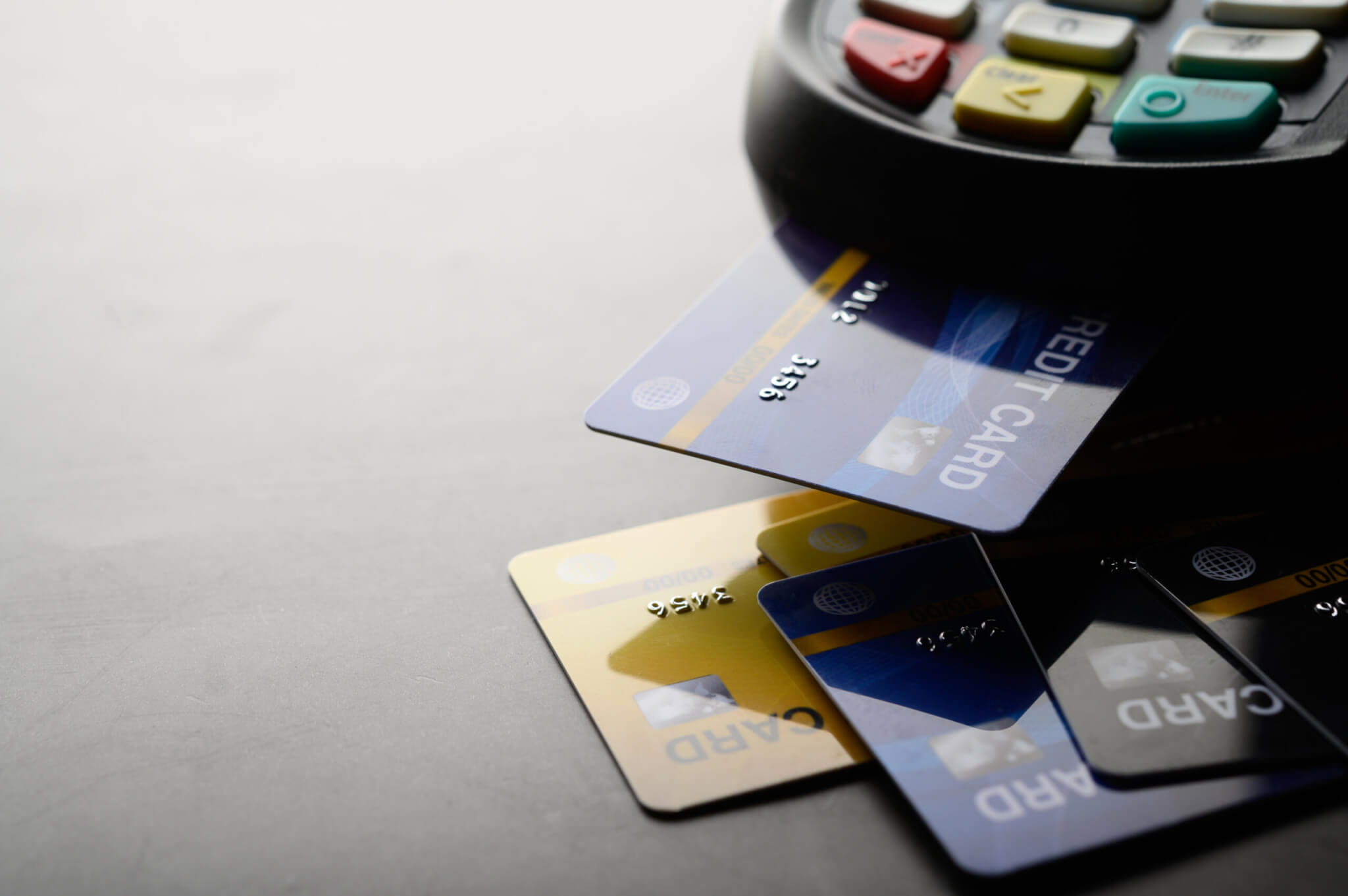How can your credit card details be stolen?
Billions of compromised data such as passwords and bank accounts are bought and sold on the Dark Web, and it is estimated that up to 24 billion stolen and illegally leaked credit card data circulates there.
In recent years, EMV systems have been implemented to prevent the physical cloning of credit cards. EMV is a payment method based on a technical standard for smart payment cards, payment terminals, and automated teller machines that can accept them. EMV stands for “Europay, Mastercard, and Visa“, the three companies that created the standard. That is why credit card data theft is more common during non-present card (CNP) transactions, while theft through credit card cloning is becoming less frequent.
That’s why the most common ways criminals use today are to get people’s credit card details. These common ways are:
Phishing
Phishing is a deception in which the cybercriminal poses as a legitimate entity (e.g., a bank, e-commerce provider, or technology company) to trick a user into inadvertently entering personal data or downloading malware. This social engineering technique is widespread, and despite warnings not to share credit card data online, much less your CVV, its effectiveness remains excellent.
Web Skimming
Malicious code that is installed on payment pages of e-commerce sites. These codes are invisible to the user and can steal compromised bank account data.
Free Public WiFi
Cybercriminals use network access to spy on and collect third-party credit card data, including CVV, as they are introduced. These are usually free public WiFi hotspots.
Data Leak
Compromised data breaches from companies that have suffered an attack on database systems. They occur when the company has not sufficiently protected the sensitive data of its customers, and a cybercriminal finds the vulnerability that allows him to access them. This way of obtaining data is more profitable from the perspective of cybercriminals since, through an attack, they gain access to a large amount of data.
Credit card security measures are evolving in line with the sophistication of techniques used by cybercriminals to steal data. Dynamic CVVs or physical cards without data are some examples. However, both social engineeringwhich manipulates to obtain data through deception, and insufficient protection of sensitive data by companies, are vulnerabilities that continue to be exploited successfully by cybercriminals and that cause the theft of credit card data and its subsequent sale on the Dark Web is a crime that continues to grow.
